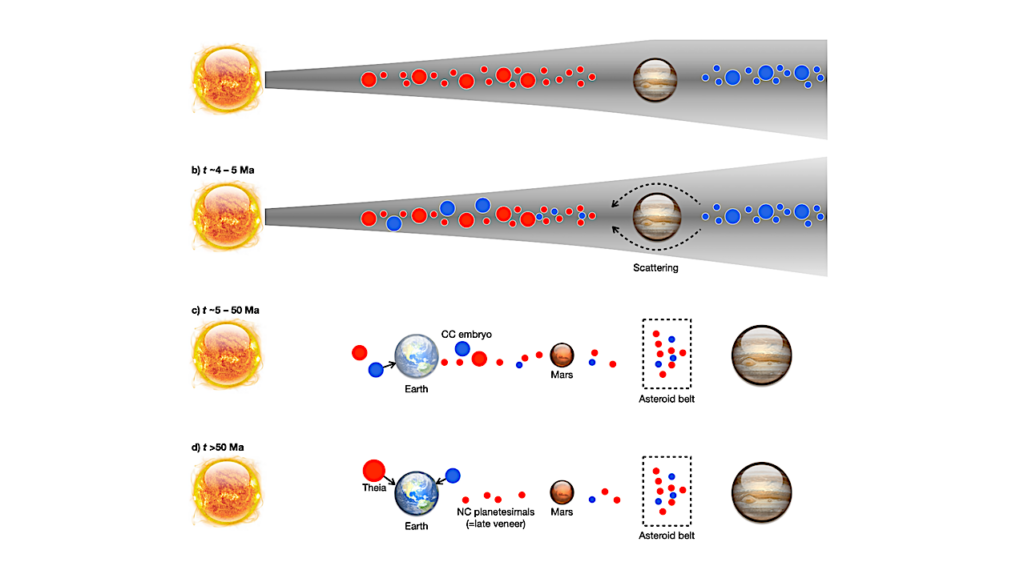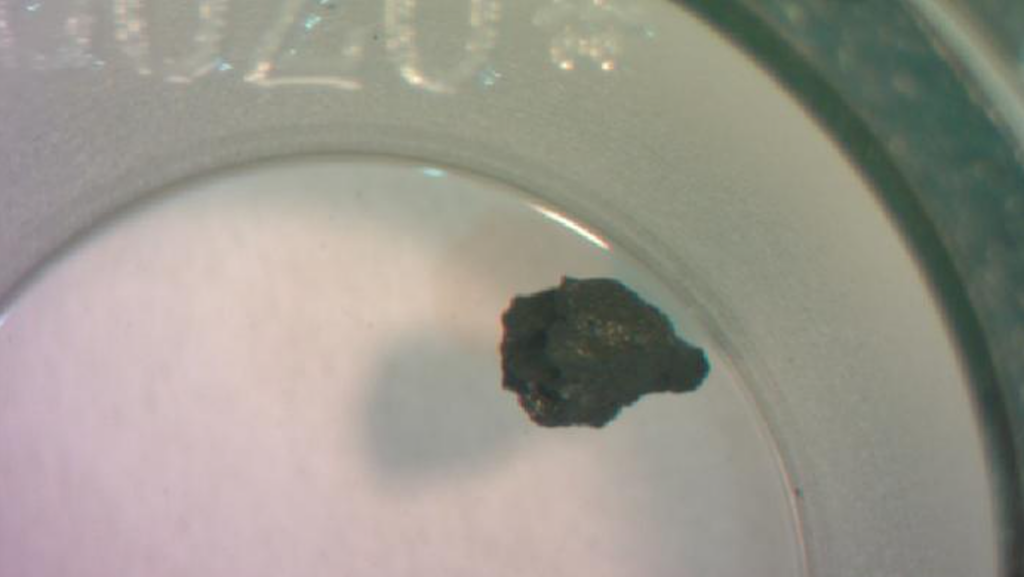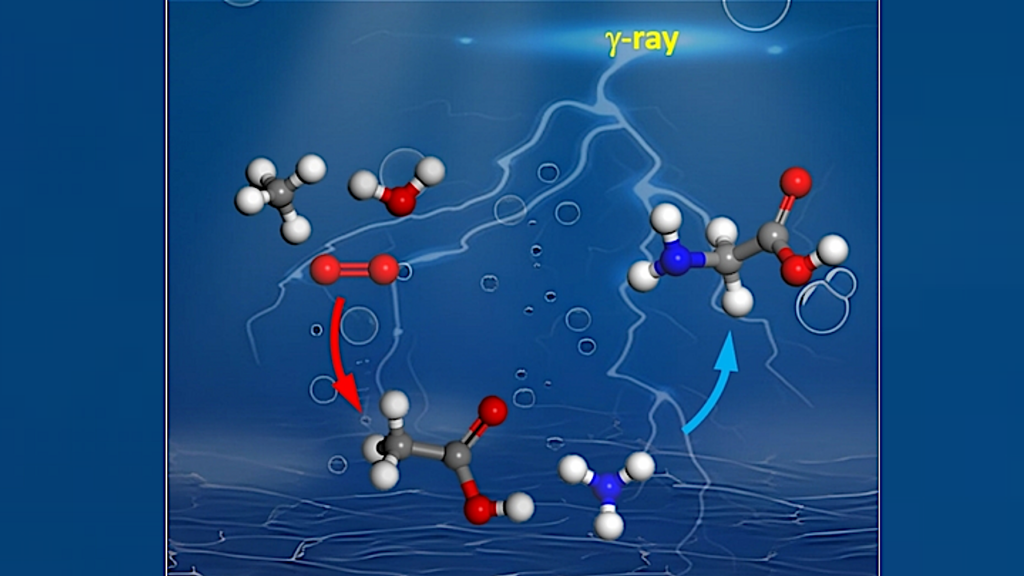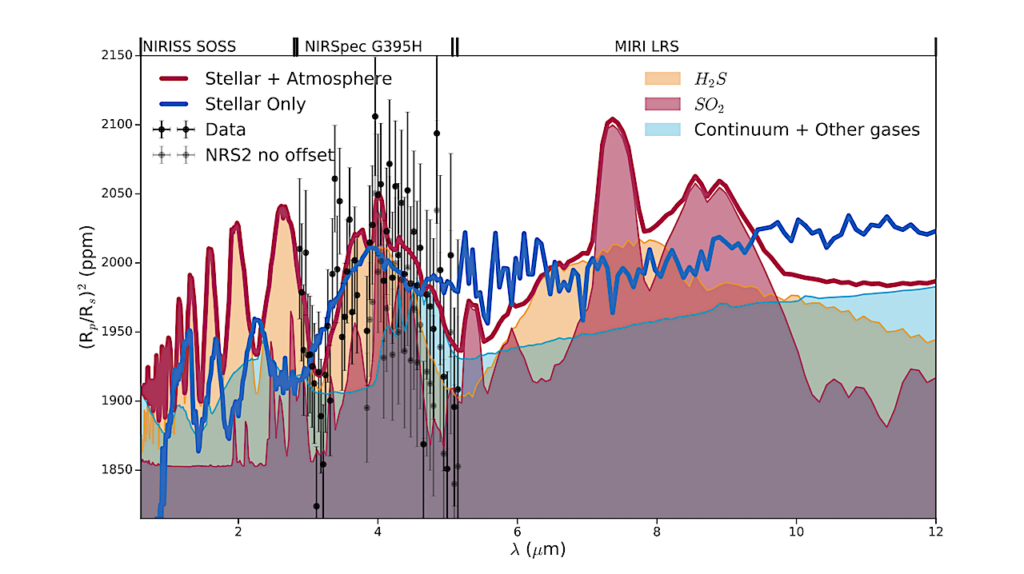Infrared Spectra of Solid HCN Embedded in Various Molecular Environments for Comparison with the Data Obtained with JWST
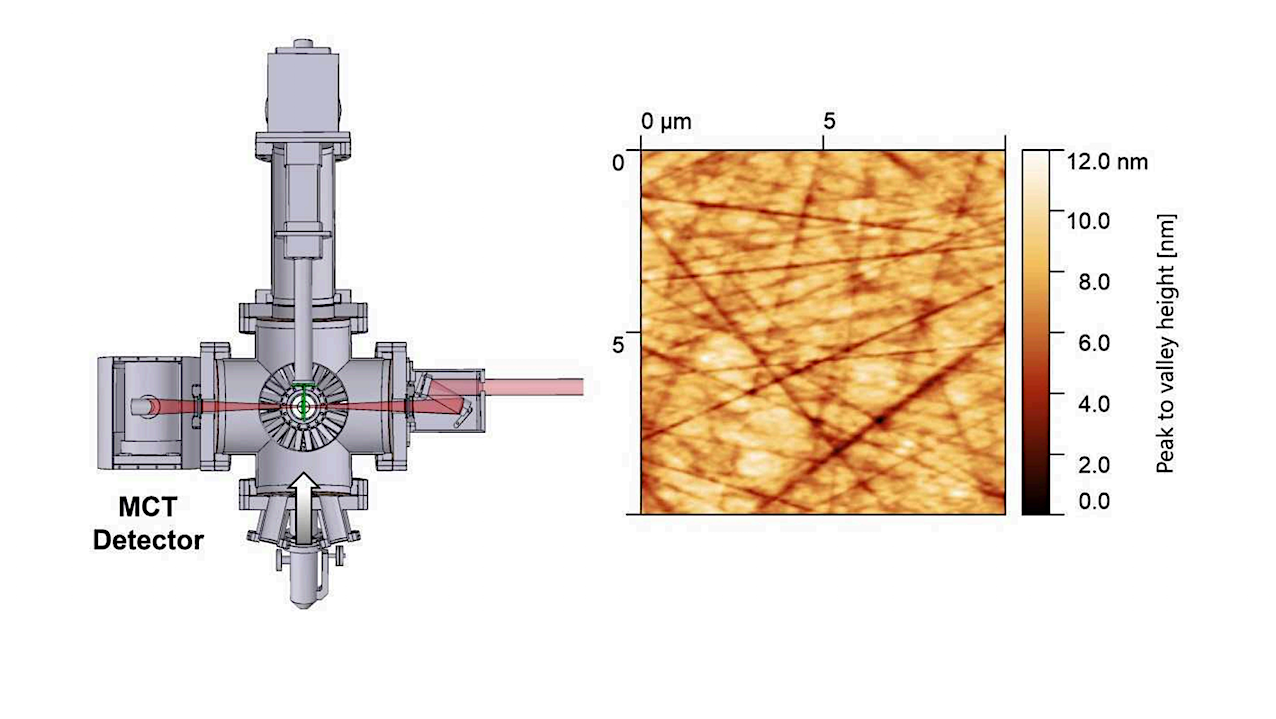
HCN molecules serve as an important tracer for chemical evolution of elemental nitrogen in the regions of star and planet formation. This is largely explained by the fact that N atoms and N2 molecules are poorly accessible for the observation in the radio and infrared ranges. In turn, gas-phase HCN can be observed at various stages of star formation including disks arounds young stars, cometary comas and atmospheres of the planetary satellites.
Despite the large geography of gas-phase observations, an identification of interstellar HCN ice is still lacking. In this work we present a series of infrared spectroscopic measurements performed at the new ultra-high vacuum cryogenic apparatus aiming to facilitate the search for interstellar HCN ice.
A series of high resolution laboratory infrared spectra of HCN molecules embedded in the H2O, H2O:NH3, CO, CO2 and CH3OH ices at 10~K temperature is obtained. These interstellar ice analogues aim to simulate the surroundings of HCN molecules by the main constituents of the icy mantles on the surface of the interstellar grains.
In addition, the spectra of HCN molecules embedded in the solid C6H6, C5H5N and C6H5NH2 are obtained to somehow simulate the interaction of HCN molecules with carbonaceous material of the grains rich in polycyclic aromatic hydrocarbons.
The acquired laboratory spectroscopic data are compared with the publicly available results of NIRSpec James Webb Space Telescope observations towards quiescent molecular clouds performed by the ICEAge team.
Maksim Ozhiganov, Mikhail Medvedev, Varvara Karteyeva, Ruslan Nakibov, Uliana Sapunova, Vadim Krushinsky, Ksenia Stepanova, Anastasia Tryastsina, Aleksandr Gorkovenko, Gleb Fedoseev, Anton Vasyunin
Comments: 10 pages, 6 figures, accepted to ApJL
Subjects: Astrophysics of Galaxies (astro-ph.GA)
Cite as: arXiv:2408.08166 [astro-ph.GA] (or arXiv:2408.08166v1 [astro-ph.GA] for this version)
https://doi.org/10.48550/arXiv.2408.08166
Focus to learn more
Submission history
From: Anton Vasyunin
[v1] Thu, 15 Aug 2024 14:00:08 UTC (387 KB)
https://arxiv.org/abs/2408.08166
Astrobiology, Astrochemistry,


